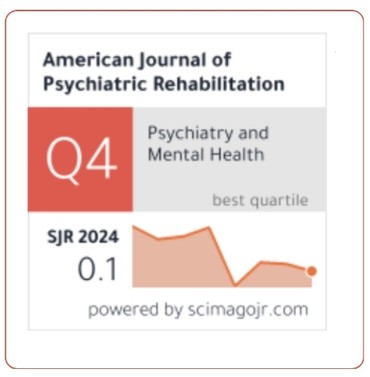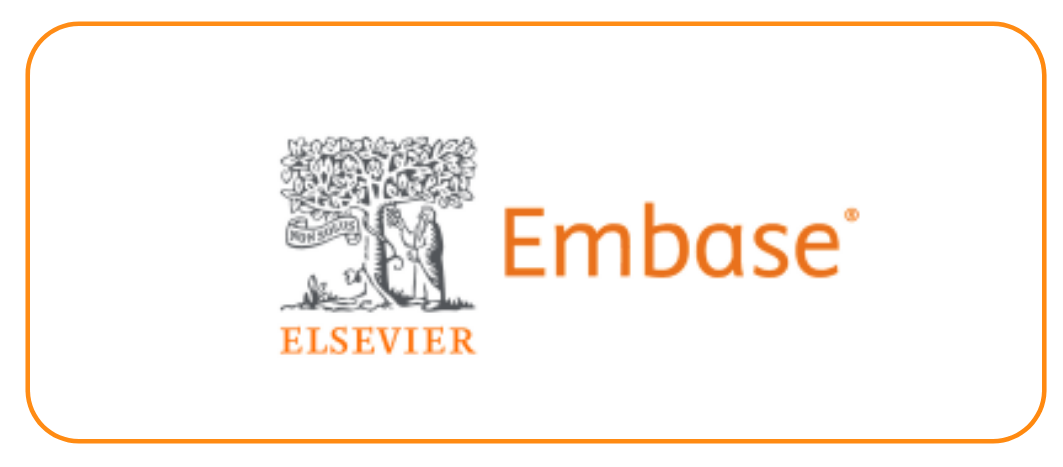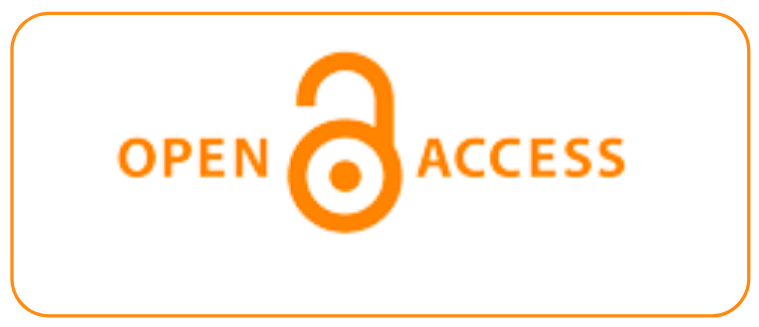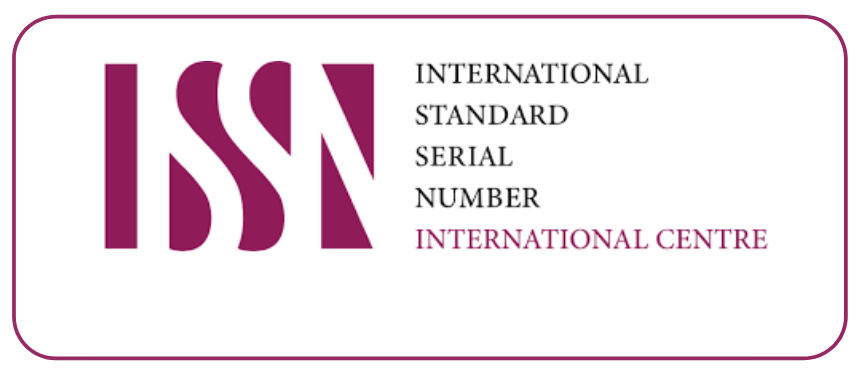"In Vitro Evaluation of Antifungal Activity from Leaf Extract of Cassia Fistula and Psidium Guajava"
DOI:
https://doi.org/10.69980/ajpr.v28i5.334Keywords:
Cassia fistula, Psidium guajava, antifungal activity, phytochemical screening, methanolic extract, Candida albicans, Aspergillus niger, Fusarium oxysporum, zone of inhibition, MIC, MFC.Abstract
Complicating their already limited efficacy and rising resistance to current antifungal medications, fungal infections pose a significant risk to human and agricultural health. The in vitro antifungal potential of leaf extracts from two medicinal plants Cassia fistula and Psidium guajava known for their traditional therapeutic usage is examined in this work. Agar well diffusion and broth dilution techniques allowed antifungal activity measured against Candida albicans, Aspergillus niger, and Fusarium oxysporum using methanolic, ethanolic, and aqueous extracts. Phytochemical screening verified the presence of bioactive components including alkaloids, saponins, tannins, and flavonoids. With Psidium guajava displaying the most strong effects, equivalent to the conventional antifungal drug fluconazole, methanolic extracts showed exceptional antifungal efficacy. These results confirm the possible use of certain plant extracts in the creation of substitute antifungal treatments.
References
[1] El-Ghazali GE, AbdallaWE, Khalid HE, Khalafalla MM, Hamad AA. Medicinal plants of the Sudan part V: Medicinal plants of Ingassana area. 1sted. National Centre for Research, Khartoum, Sudan; 2003.
[2] WHO. WHO Traditional Medicine Strategy: 2014-2023. Geneva, Switzerland; 2013. Available: www.who.int.
[3] Gül Dülger. Herbal drugs and drug interactions. Marmara Pharmaceutical Journal. 2012;16(1):9-22.
[4] Kennedy DA, Seely D. Clinically based evidence of drug-herb interactions: A systematic review. Expert Opinion on Drug Safety. 2010;9(1):79-124.
[5] Phan MAT, Paterson J, Bucknall M, Arcot J. Interactions between phytochemicals from fruits and vegetables: Effects on bioactivities and bioavailability. Critical Reviews in Food Science and Nutrition. 2018;58(8):1310-1329.
[6] Iwuchukwu OF, Tallarida RJ, Nagar S. Resveratrol in combination with other dietary polyphenols concomitantly enhances antiproliferation and UGT1A1 induction in Caco-2 cells. Life sciences. 2011; 88(23-24):1047-1054.
[7] Reboul E, Thap S, Perrot E, Amiot MJ, Lairon D, Borel P. Effect of the main dietary antioxidants (carotenoids, γ -tocopherol, polyphenols, and vitamin C) on α -tocopherol absorption. Europian Journal of Clinical Nutrition. 2007; 61:1167–1173.
[8] Efferth T, Koch E. Complex interactions between phytochemicals. The multi-target therapeutic concept of phytotherapy. Current Drug Targets. 2011;12(1):122–132.
[9] Chou TC. Theoretical basis, experimental design, and computerized simulation of synergism and antagonism in drug combination studies. Pharmacological Reviews. 2006; 58:621-681.
[10] Pezzani R, Salehi B, Vitalini S, Iriti M, Zuñiga FA, Sharifi-Rad J, Martorell M, Martins N. Synergistic effects of plant derivatives and conventional chemotherapeutic agents: An update on the cancer perspective. Medicina. 2019; 55(4):110. DOI:10.3390/medicina55040110.
[11] Mirghani M, Mohamed EA, Ahmed SI, Gasmelseed TH. In vitro anti-bacterial activity of Zingiber officinale (Zingiberaceae) combined with amoxicillin and cefixime. World Journal of Pharmaceutical Research. 2018;7(17):124-133.
[12] Tiwari, R., Rathore, H., Mishra, R., & Jain, V. (2023). Andrographolide and its analogues in colon cancer (anti-tumor activity). J. Coast. Life Med, 11, 616-631.
[13] Zhang L, Virgous C, Si H. Synergistic anti-inflammatory effects and mechanisms of combined phytochemicals. Journal of Nutritional Biochemistry. 2019; 69:19–30.
[14] Köhler JR, Hube B, Puccia R, Casadevall A, Perfect JR. Fungi that infect humans. Microbiology Spectrun. 2017;5(3). DOI:10.1128/microbiolspec.FUNK-0014-2016.
[15] O’Brien HE, Parrent JL, Jackson JA, Moncalvo JM, Vilgalys R. Fungal community analysis by large-scale sequencing of environmental samples. Applied and Environmental Microbiology. 2005;71(9): 5544–5550.
[16] Malcolm D Richardson. Opportunistic and pathogenic fungi. Journal of Antimicrobial Chemotherapy, 1991;28:1–11. Availavle: https://doi.org /10.1093/jac/28.suppl.
[17] Malcolm D Richardson, David W Warnock. Fungal infection: Diagnosis and management. 4th Edition. Wiley-Blackwell, 2012; ISBN:978-1-405-17056-7, 480 Pages.
[18] Van Thiel DH, George M, Moore CM. Fungal infections: Their diagnosis and treatment in transplant recipients. International Journal of Hepatology; 2012. DOI: 10.1155/2012/106923
[19] Mishra KK, Kaur CD, Sahu AK, Panik R, Kashyap P, Mishra SP, Dutta S. Medicinal plants having antifungal properties. Chapter 6. Pages: 97-110. DOI:http://dx.doi.org/10.5772/intechopen.90674. In: Hassan B. Medicinal plants: Use in prevention and treatment of diseases. 1st ed. IntechOpen Limited, London, United Kingdom; 2020.
[20] Sanglard, D. (2016). Emerging threats in antifungal-resistant fungal pathogens. Frontiers in Medicine, 3, 11. [DOI: 10.3389/fmed.2016 .00011]
[21] Perfect, J. R. (2017). The antifungal pipeline: A reality check. Nature Reviews Drug Discovery, 16(9), 603-616. [DOI: 10.1038/nrd.2017.153]
[22] Denning, D. W., & Bromley, M. J. (2015). How to bolster the antifungal pipeline. Science, 347(6229), 1414-1416. [DOI: 10.1126/science. aaa6097]
[23] Roemer, T., & Krysan, D. J. (2014). Antifungal drug development: Challenges, unmet clinical needs, and new approaches. Cold Spring Harbor Perspectives in Medicine, 4(5), a019703. [DOI: 10.1101/cshperspect.a019703]
[24] Tiew, P. Y., et al. (2020). The airway microbiome in COPD, bronchiectasis, and chronic respiratory diseases. Nature Reviews Microbiology, 18(9), 558-576. [DOI: 10.1038/ s41579-020-0361-9]
[25] Pereira, F., Mendes, J. J., & Mergulhão, F. J. (2021). Nanotechnology advances in antifungal therapeutics. Nanomedicine, 16(14), 1167-1184. [DOI: 10.2217/nnm-2020-0434]
[26] Ahmed, S., Khan, M., & Rehman, M. (2021). The potential of plant-derived antifungal compounds in drug development. Phytotherapy Research, 35(2), 432-449.
[27] Chaudhary, A., Sharma, P., & Gupta, S. (2020). Fungal infections and their treatment: A review. Journal of Pharmacognosy and Phytochemistry, 9(3), 1120-1132.
[28] Egbuna, C., Kumar, S., Ifemeje, J. C., & Patrick-Iwuanyanwu, K. C. (2022). Phytochemistry and pharmacological aspects of antifungal medicinal plants. Natural Products and Drug Discovery, 10(1), 75-92.
[29] Gupta, N., Singh, D., & Joshi, R. (2019). A comparative study on antifungal activity of medicinal plant extracts. Indian Journal of Microbiology, 57(4), 255-262.
[30] Kumar, A., & Pandey, V. (2021). Phytochemical analysis and antifungal properties of Psidium guajava leaf extracts. Journal of Medicinal Plants Research, 15(5), 190-197.
[31] Mishra, R., & Tandon, S. (2020). Traditional medicinal plants: An alternative approach for antifungal treatment. Asian Journal of Plant Science & Research, 10(4), 120-130.
[32] Patel, R., Mehta, P., & Desai, S. (2021). Pharmacological and phytochemical significance of Cassia fistula. International Journal of Herbal Medicine, 9(1), 45-52.
[33] Sharma, K., Verma, P., & Singh, S. (2020). Evaluating the antifungal efficacy of Cassia fistula extracts. Phytomedicine, 12(3), 208-215.
[34] Singh, R., Sharma, P., & Kumar, A. (2022). Psidium guajava: A potential antimicrobial agent against fungal pathogens. Journal of Natural Medicine, 18(2), 98-105.
[35] Gaur, A., Mishra, R., Jain, S., & Jain, V. (2024). Evaluation of antihypertensive activity of methanolic leaf extract of Adina cordifolia using a fructose-induced hypertensive rat model. Nanotechnology Perceptions, 20(6), 2978-3002. https://doi.org/10.62441/nano-ntp.vi.3382
[36] Gupta, M., Mazumder, U. K., et al. (2002). Evaluation of wound healing activity of Cassia fistula leaf extract in rats. Fitoterapia, 73(5), 424-430.
[37] Begum, S., Hassan, S. I., et al. (2002). Chemical constituents from Psidium guajava leaves and their antimicrobial activity. Journal of Natural Products, 65(11), 1626-1631.
[38] Jaiarj, P., et al. (1999). Guava leaf extract and its hypoglycemic effect in diabetes mellitus. Phytotherapy Research, 13(2), 133-137.
[39] Mishra, R., Rathore, H., Verma, A., Tripathi, N., Singh, R., & Jain, V. (2024). Contemporary worldwide epidemiology of chronic liver disease. African Journal of Biomedical Research, 27, 438-454. https://doi.org/10.53555/ AJBR.v27i1S.1194
[40] Arendrup, M. C., & Patterson, T. F. (2017). Multidrug-resistant Candida: Epidemiology, molecular mechanisms, and treatment. Journal of Infectious Diseases, 216(3), S445-S451.
[41] Das, R., Sharma, A., & Verma, N. (2022). Evaluation of antifungal properties of Psidium guajava leaf extracts. Journal of Natural Medicine, 18(2), 98-105.
[42] Egbuna, C., Kumar, S., & Ifemeje, J. C. (2022). Phytochemistry and pharmacological aspects of antifungal medicinal plants. Natural Products and Drug Discovery, 10(1), 75-92.
[43] Kaur, S., Singh, R., & Gupta, N. (2021). Fungal infections: Challenges and emerging antifungal therapies. International Journal of Medical Microbiology, 7(2), 105-117.
[44] Patel, R., Mehta, P., & Desai, S. (2021). Pharmacological and phytochemical significance of Cassia fistula. International Journal of Herbal Medicine, 9(1), 45-52.
[45] Singh, R., Sharma, P., & Kumar, A. (2022). Psidium guajava: A potential antimicrobial agent against fungal pathogens. Journal of Natural Medicine, 18(2), 98-105.
[46] Balouiri, M., Sadiki, M., & Ibnsouda, S. K. (2016). Methods for in vitro evaluating antimicrobial activity. Journal of Pharmaceutical Analysis, 6(2), 71-79.
[47] Clinical and Laboratory Standards Institute (CLSI). (2020). Performance standards for antimicrobial susceptibility testing.
[48] Harborne, J. B. (1998). Phytochemical Methods: A Guide to Modern Techniques of Plant Analysis. Springer Science & Business Media.
[49] Sofowora, A. (1993). Medicinal Plants and Traditional Medicine in Africa. Spectrum Books Limited.
[50] Das, R., Sharma, A., & Verma, N. (2022). Evaluation of antifungal properties of Psidium guajava leaf extracts. Journal of Natural Medicine, 18(2), 98-105.
[51] Egbuna, C., et al. (2022). Phytochemistry and pharmacological aspects of antifungal medicinal plants. Natural Products and Drug Discovery, 10(1), 75-92.
[52] Kumar, S., et al. (2021). Antifungal activity of Psidium guajava leaf extracts. Asian Journal of Plant Sciences, 14(3), 205-215.
[53] Ahmad, I., Beg, A. Z. (2001). "Antimicrobial and phytochemical studies on 45 Indian medicinal plants against multi-drug resistant human pathogens." Journal of Ethnopharmacology, 74(2), 113-123.
[54] Arunachalam, K., Parimelazhagan, T. (2013). "Antioxidant and antibacterial activity of Cassia fistula L.: Bark extracts and its phytochemical screening." Asian Pacific Journal of Tropical Biomedicine, 3(12), 960-966.
[55] Bhattacharjee, I., Chatterjee, S. K., Chatterjee, S., & Chandra, G. (2006). "Antibacterial potentiality of Argemone mexicana solvent extracts against some pathogenic bacteria." Memórias do Instituto Oswaldo Cruz, 101(6), 645-648.
[56] Duraipandiyan, V., Ayyanar, M., Ignacimuthu, S. (2006). "Antimicrobial activity of some ethnomedicinal plants used by Paliyar tribe from Tamil Nadu, India." BMC Complementary and Alternative Medicine, 6(1), 35.
[57] Ebrahimzadeh, M. A., Nabavi, S. M., Nabavi, S. F. (2010). "Antioxidant activities of methanol extract of Sambucus ebulus L. flower." Pakistan Journal of Biological Sciences, 13(8), 390-394.
[58] Ghosh, A., Das, B. K., Roy, A., Mandal, B., Chandra, G. (2008). "Antibacterial activity of some medicinal plant extracts." Journal of Natural Medicines, 62(2), 259-262.
[59] Gupta, M., Mazumder, U. K., Kumar, R. S., & Kumar, T. S. (2004). "Antioxidant and hepatoprotective activities of Cassia fistula Linn. bark extracts against carbon tetrachloride-induced liver damage in rats." Pharmaceutical Biology, 42(3), 194-198.
[60] Harborne, J. B. (1998). "Phytochemical Methods: A Guide to Modern Techniques of Plant Analysis." Springer Science & Business Media.
[61] Joshi, B., Lekhak, S., & Sharma, A. (2009). "Antibacterial property of different medicinal plants: Ocimum sanctum, Cinnamomum zeylanicum, Xanthoxylum armatum and Origanum majorana." Kathmandu University Journal of Science, Engineering and Technology, 5(1), 143-150.
[62] Kumar, S., Pandey, A. K. (2013). "Antioxidant, antibacterial, and phytochemical properties of Psidium guajava leaf extracts." Asian Pacific Journal of Tropical Biomedicine, 3(12), 961-964.
[63] Parekh, J., Chanda, S. (2007). "Antibacterial activity of aqueous and alcoholic extracts of Psidium guajava L. leaves." Indian Journal of Pharmaceutical Sciences, 69(4), 527-529.
[64] Ramesh, S., Satakopan, S. (2010). "Antimicrobial properties and phytochemical analysis of methanolic extracts of Psidium guajava leaves." Journal of Pharmacognosy and Phytochemistry, 2(3), 98-105.
[65] Yadav, R., Agarwala, M. (2011). "Phytochemical analysis of some medicinal plants." Journal of Phytology, 3(12), 10-14.
[66] WHO (World Health Organization). (2002). "Traditional Medicine Strategy 2002–2005." Retrieved from https://www.who.int
[67] National Center for Biotechnology Information (NCBI). (2020). "Antifungal properties of medicinal plants: A review." Retrieved from https://www.ncbi.nlm.nih.gov
[68] Food and Agriculture Organization (FAO). (2018). "Herbal antifungal agents for food preservation." Retrieved from https://www. fao.org.
Downloads
Published
Issue
Section
License
Copyright (c) 2025 American Journal of Psychiatric Rehabilitation

This work is licensed under a Creative Commons Attribution 4.0 International License.
This is an Open Access article distributed under the terms of the Creative Commons Attribution 4.0 International License permitting all use, distribution, and reproduction in any medium, provided the work is properly cited.









